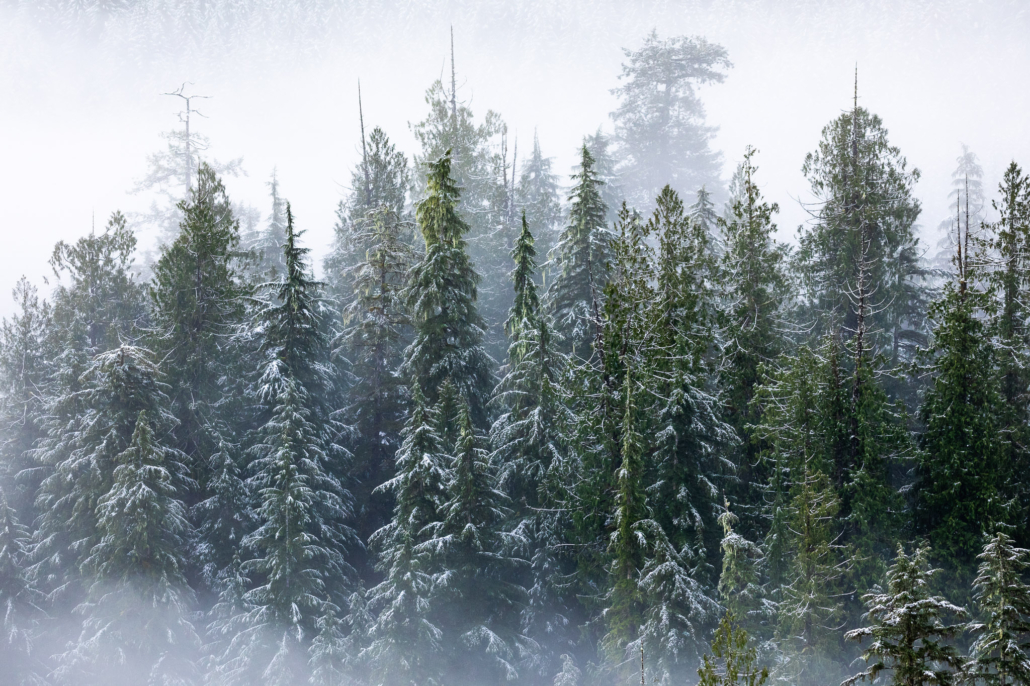
Happy holidays from the AFA
Happy Holidays from the AFA! We hope you and your loved ones have a safe and healthy holiday season and find some time to spend in nature.
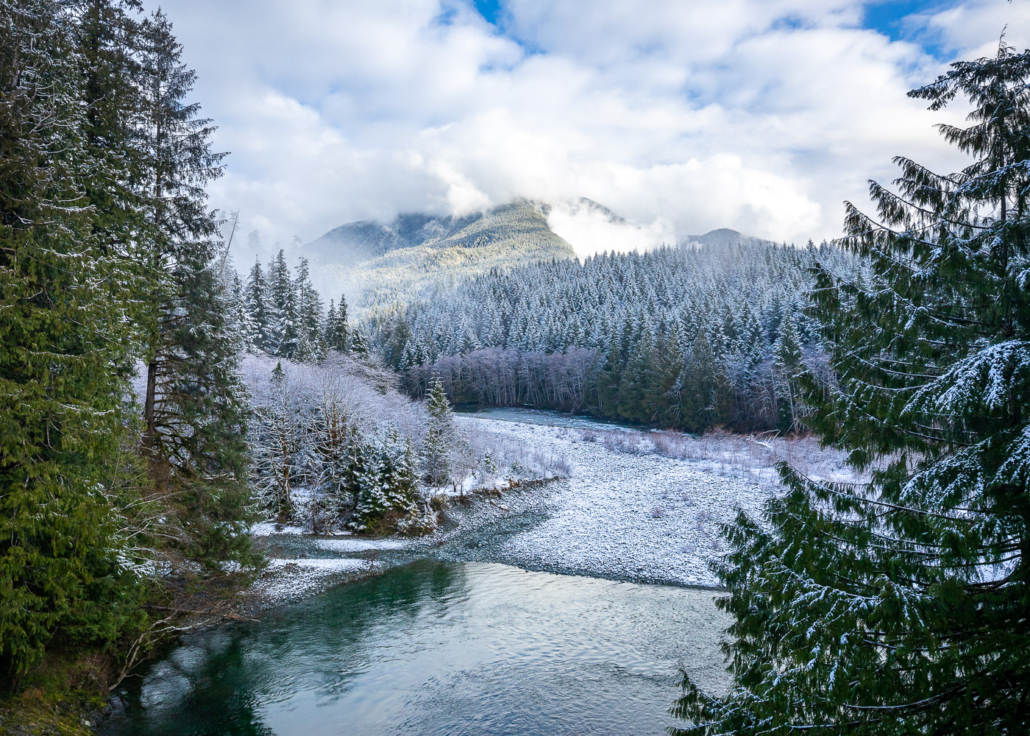
2023 Holiday Office Closure
Please note: AFA's Victoria office will be closed from Friday, December 22, 2023–Monday, January 1, 2024. Wishing you a safe and joyous holiday season!
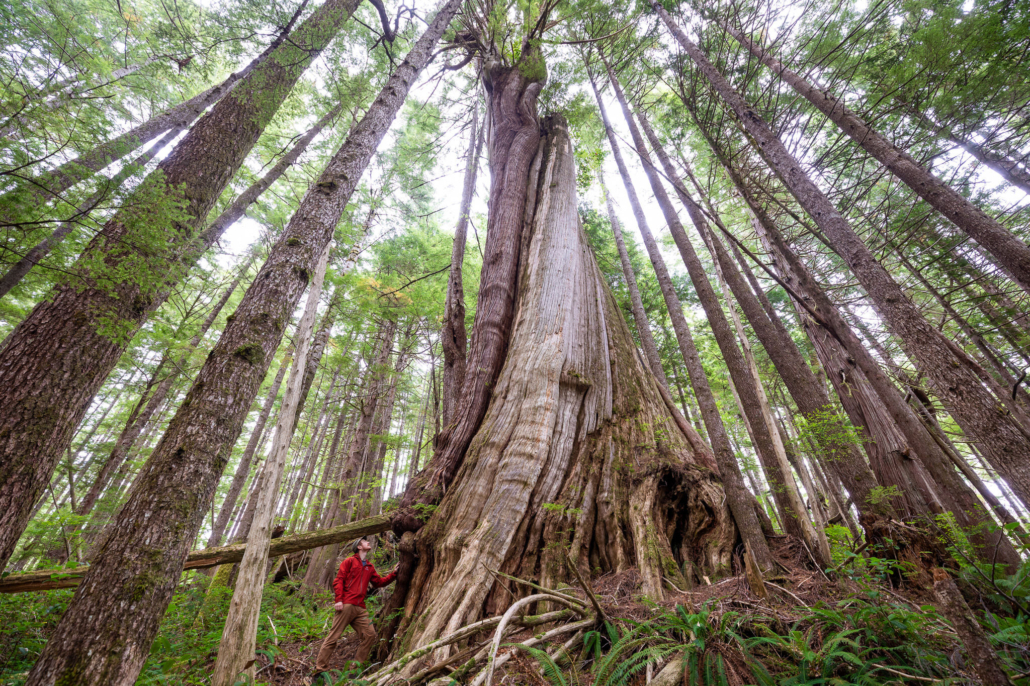
Best of 2023 — AFA’s top photos, videos, news & campaigns!
Ancient Forest Alliance's "Best of 2023", a highlight reel featuring our most viral photos, top new stories, campaign milestones, and more!
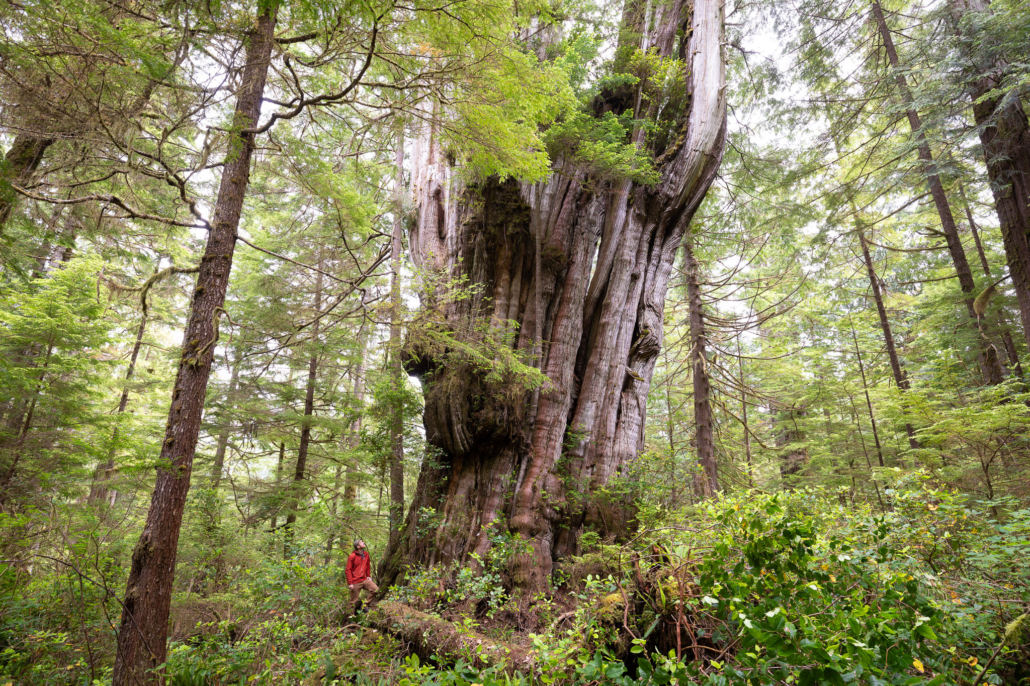
Nature photographer discovers ancient ‘freak-of-nature’ tree hiding in plain sight: ‘I’ve never seen a tree as impressive as this one’
AFA's TJ Watt photographed one of the largest old-growth cedars ever documented off the coast of Vancouver Island and dubbed it a 'freak of nature'.
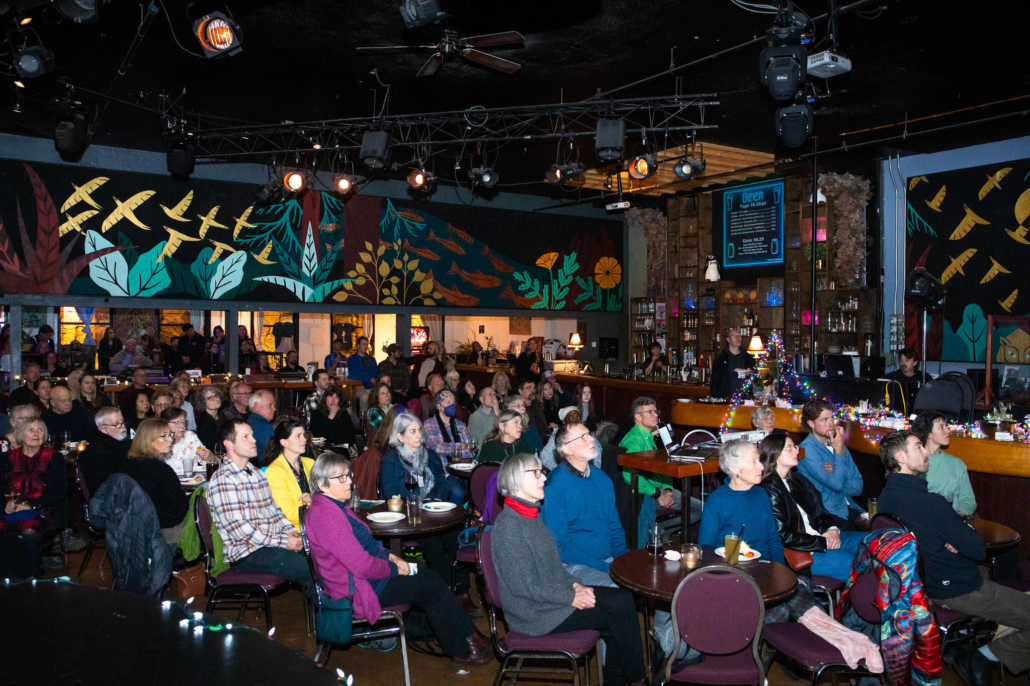
Thanks for the support at our Year-End Celebration & Fundraiser!
Thanks to all who attended and/or supported our 2023 Year-End Celebration & Fundraiser, where you helped us raise $5,284 for old-growth protection.
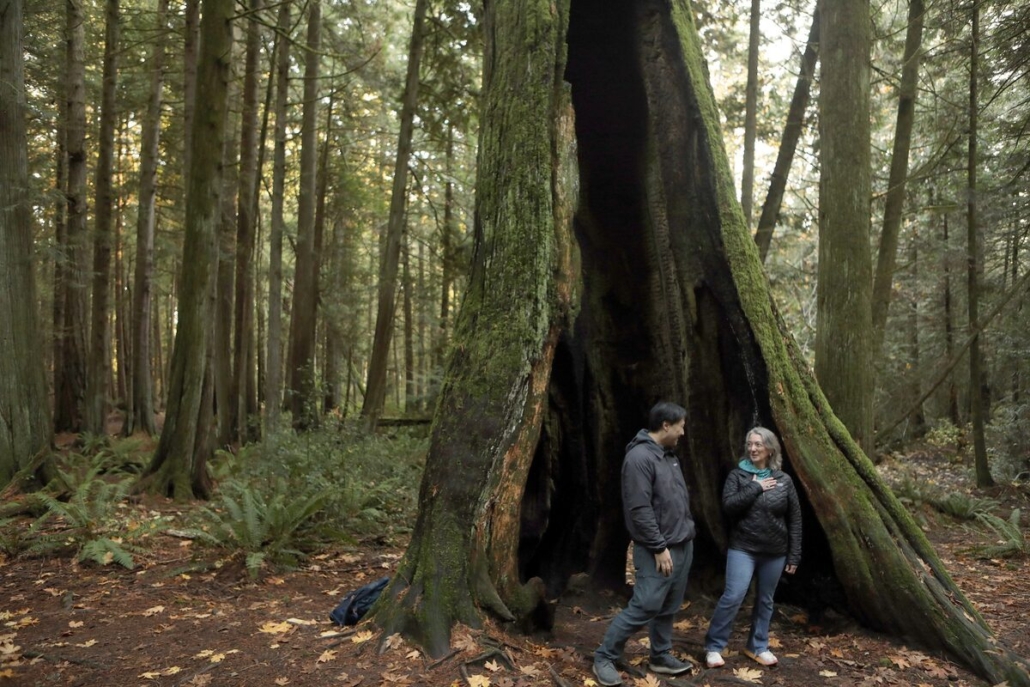
The Globe & Mail: ‘Salmon parks’ in traditional First Nations territory aim to save habitats by stopping old-growth logging
New plan from the Mowachaht/Muchalaht First Nation, aided by the BC and federal governments, signals a shift in Indigenous-led conservation across the province
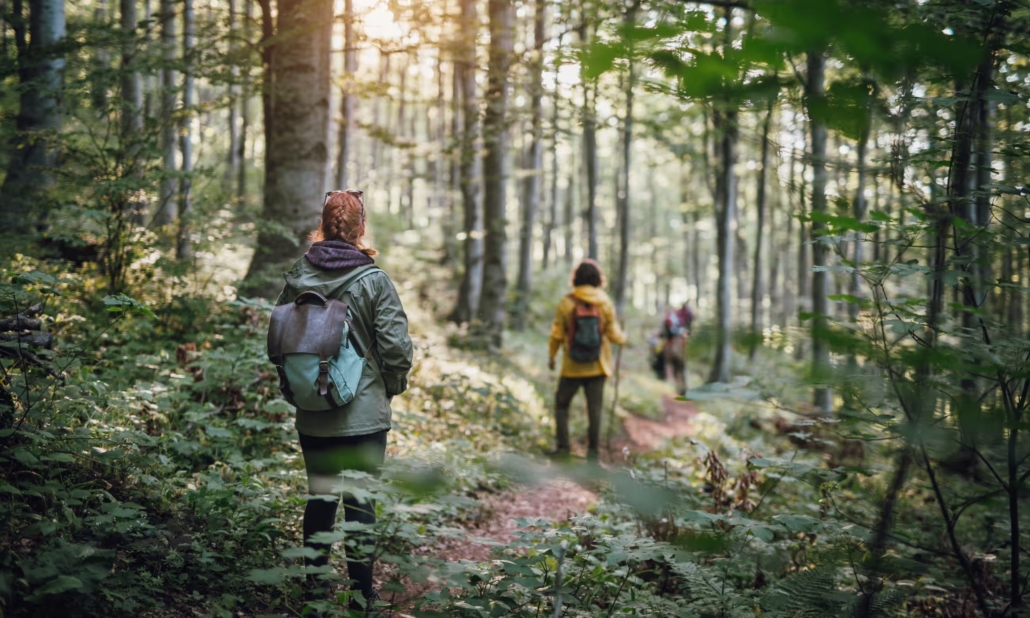
The Guardian: “The nature cure: how time outdoors transforms our memory, imagination and logic”
Without engaging with natural environments, our brains cease to work well. As the new field of environmental neuroscience proves, exposure to nature isn’t a luxury – it’s a necessity
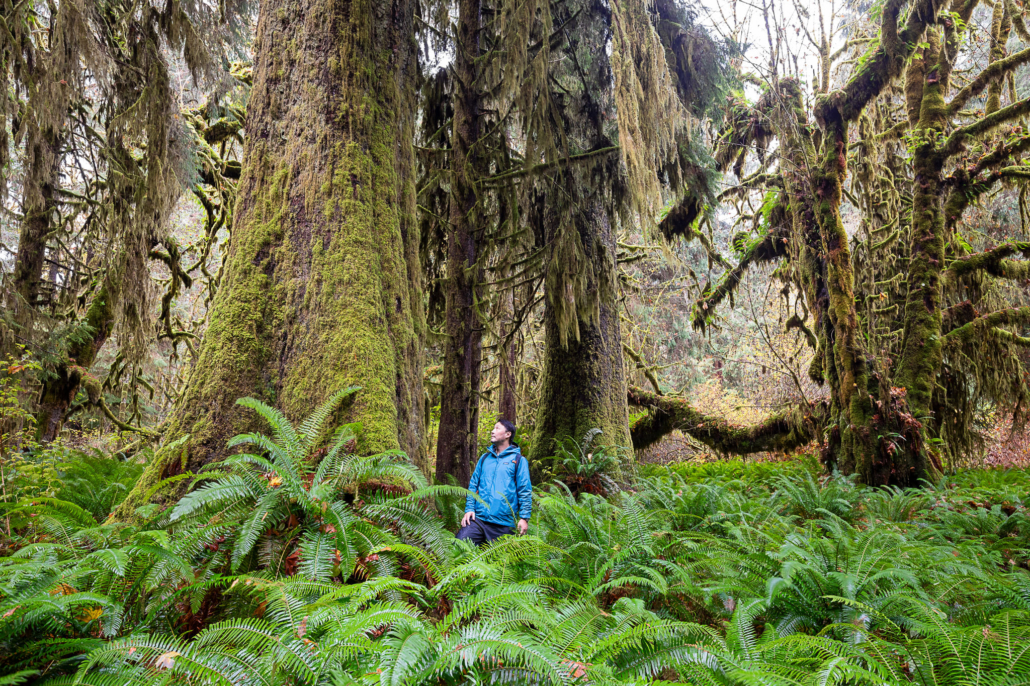
WATCH: BC forest plan draft hailed by conservationists
See this video interview with EEA's Ken Wu, discussing the BC government's recent "unprecedented leaps forward" when it comes to old-growth forest protection.
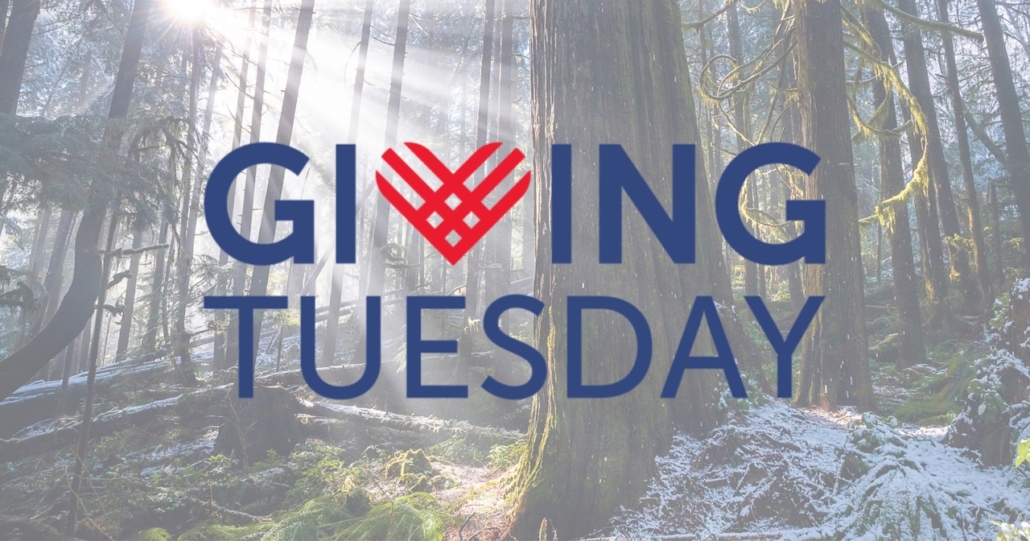
Support ancient forests this Giving Tuesday!
Two ways you can support old-growth forests in BC during Ancient Forest Alliance's Giving Tuesday campaign from Nov. 21 to Dec. 1, 2023!
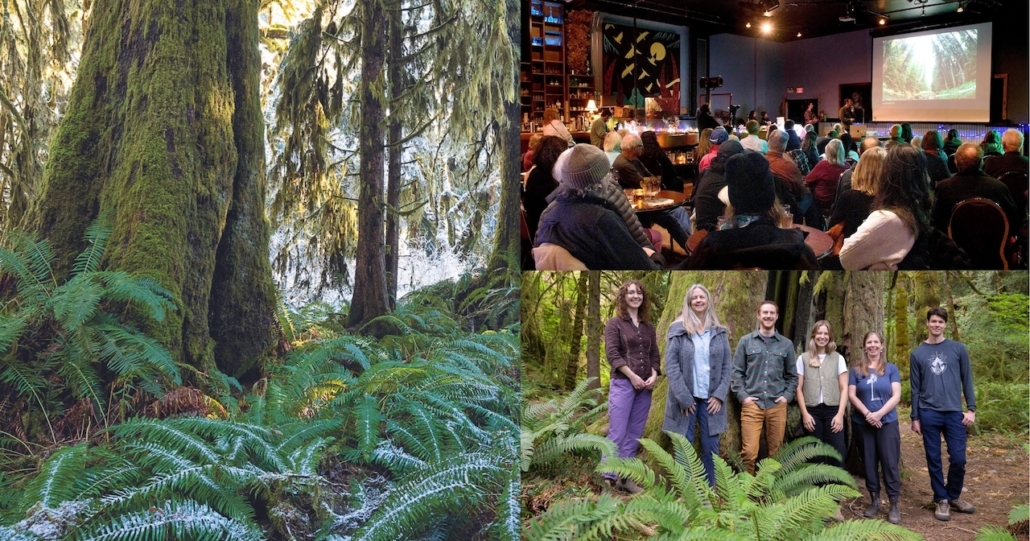
Save The Date! AFA’s Year-End Celebration & Fundraiser is Tuesday, November 28th
Join us for our Year-End Celebration and Fundraiser on Tuesday, November 28th, 6–9 pm for a fun-filled evening with AFA staff and supporters!
